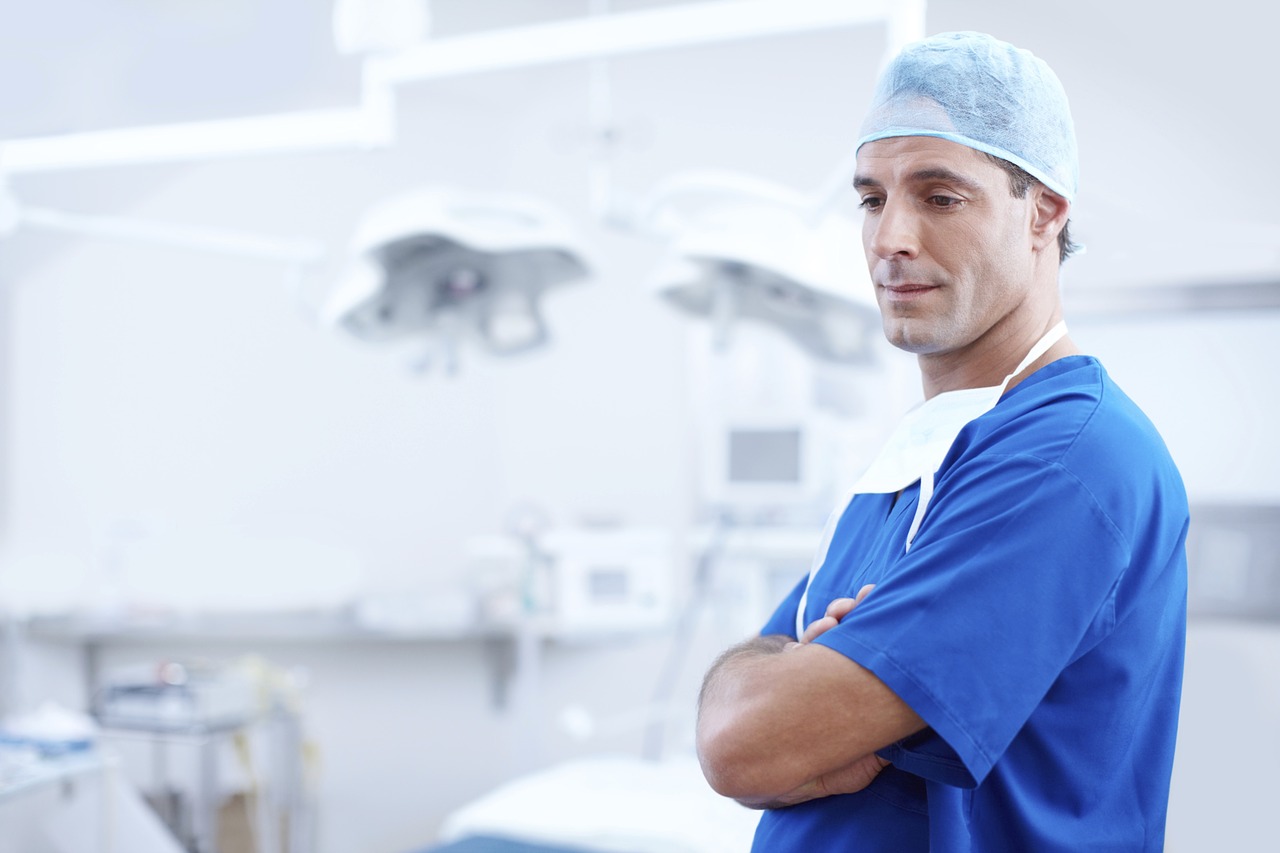What are the different types of elective clinical rotations?

Clinical rotations are an integral part of the final phase of medical school training in the US, Canada and the Caribbean. Through clinical rotations, medical students get an opportunity to work with real-life patients in medical setups like hospitals. They are mentored by senior doctors and residents who guide them through complex medical procedures.
You can think of clinical rotations as the bridge in your transformation from a medical student to an actual doctor. Most clinical rotations involve extensive practical work and require you to be proficient in medical theories of all the major disciplines.
Some medical disciplines like family medicine require extensive medical practice and therefore, have been made mandatory clinical rotation postings. However, students are also allowed to pick up optional specializations they are interested in. These specializations constitute the clinical rotation electives.
Read ahead to learn more about different types of elective clinical rotations in the USA medical school circuit.
Elective clinical rotations in a medical school
While the list of available elective clinical rotations in big hospitals can be quite extensive, most students can only opt for a limited number depending on their medical school curriculum. Some of the common clinical rotation electives include the following disciplines:
- Cardiology rotation: These clinical rotations form a strong foundation of cardiological knowledge for 4th-year medical students. These rotations allow you to explore the latest advancements in cardiac diagnostics and evidence-based clinical trials. You also learn how to do a complete cardiac examination with specific attention to chronic or acute cardiac disorders.
- Pathology rotation: These clinical rotations will provide you with a broad overview of clinical pathology, blood banking procedures, and laboratory diagnosis. You also explore different clinical-pathological laboratory studies and their impact. You also learn about the latest techniques and industry standards in pathological diagnostics.
- Radiology rotation: Radiology involves the usage of medical imaging techniques and tools to diagnose disorders of the human exoskeletal system. Most medical schools allot a month or a few weeks for this rotation. These clinical rotations allow students to get familiar with the usage and interpretation of common radiological techniques and tools.
- Emergency medicine rotation: Emergency medicine is the medical specialty involving the medical treatment of illnesses and injuries that require immediate attention. These clinical rotations allow you to thoroughly understand the management and treatment of acute medical conditions. You will gain clinical experience and procedural skills to manage and treat patients in the ER of most hospitals.
Some other elective rotations include infectious disease rotations, nephrology rotations, endocrinology rotations, and dermatology rotations. You can also opt for clinical rotation electives like orthopaedics, ICU rotation, plastic surgery or allergy and immunology.
Clinical rotations are essential for gaining the relevant medical skills for becoming a doctor. Hence, you should invest in a good medical program that has tie-ups with good hospitals and medical setups for clinical rotations.






